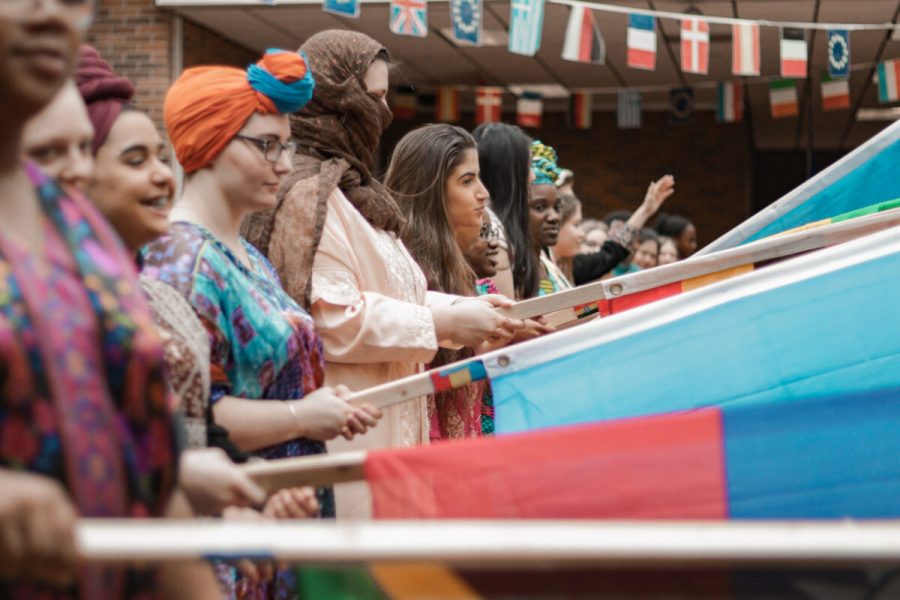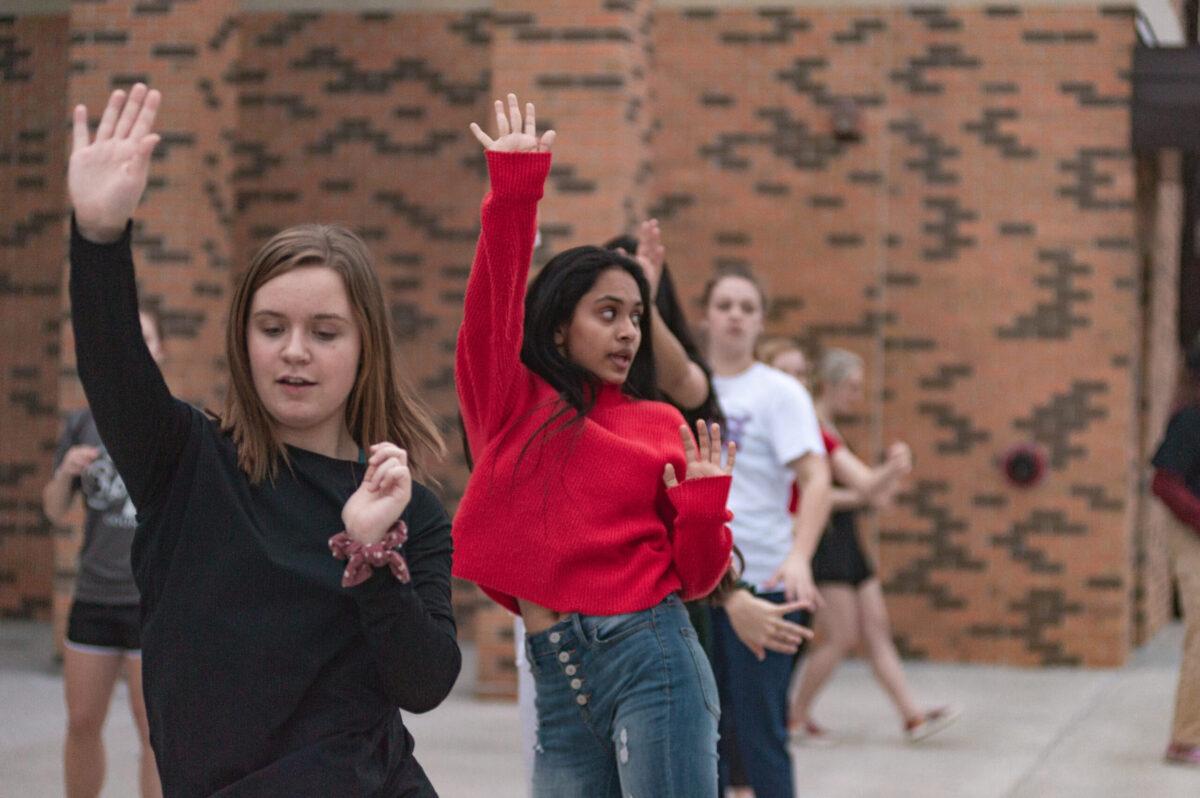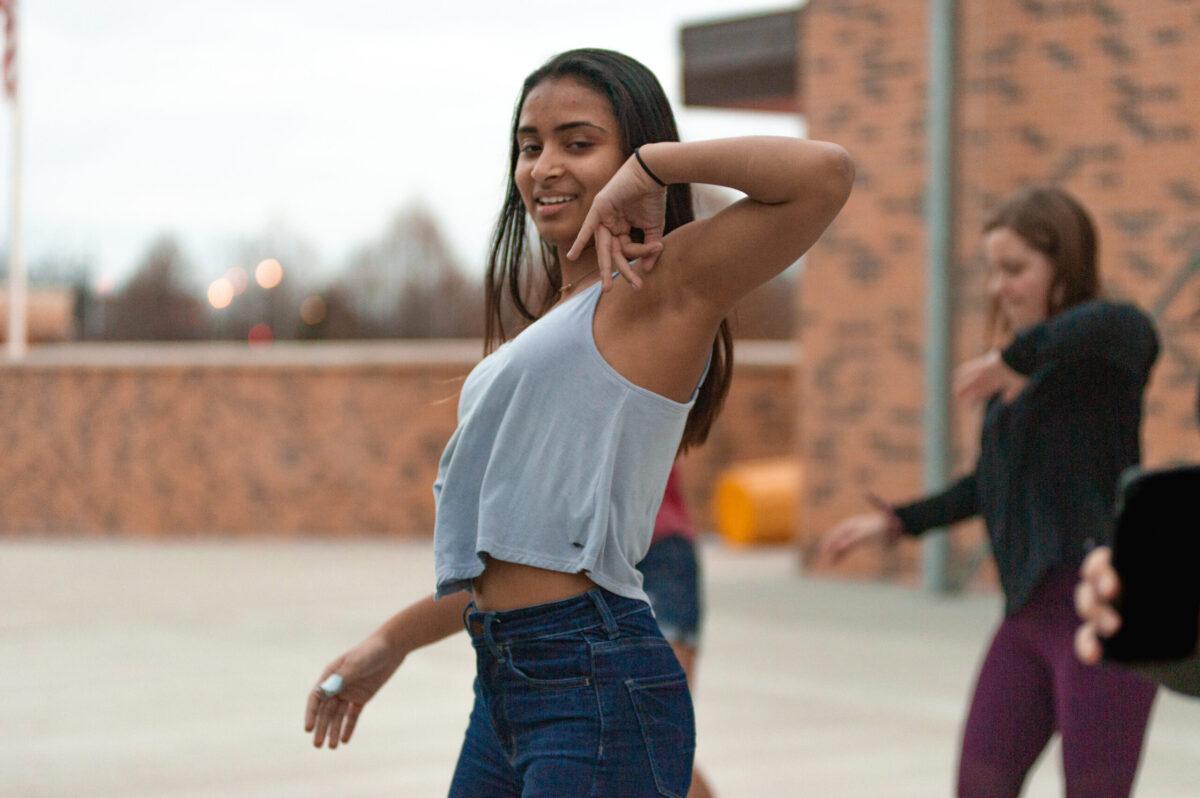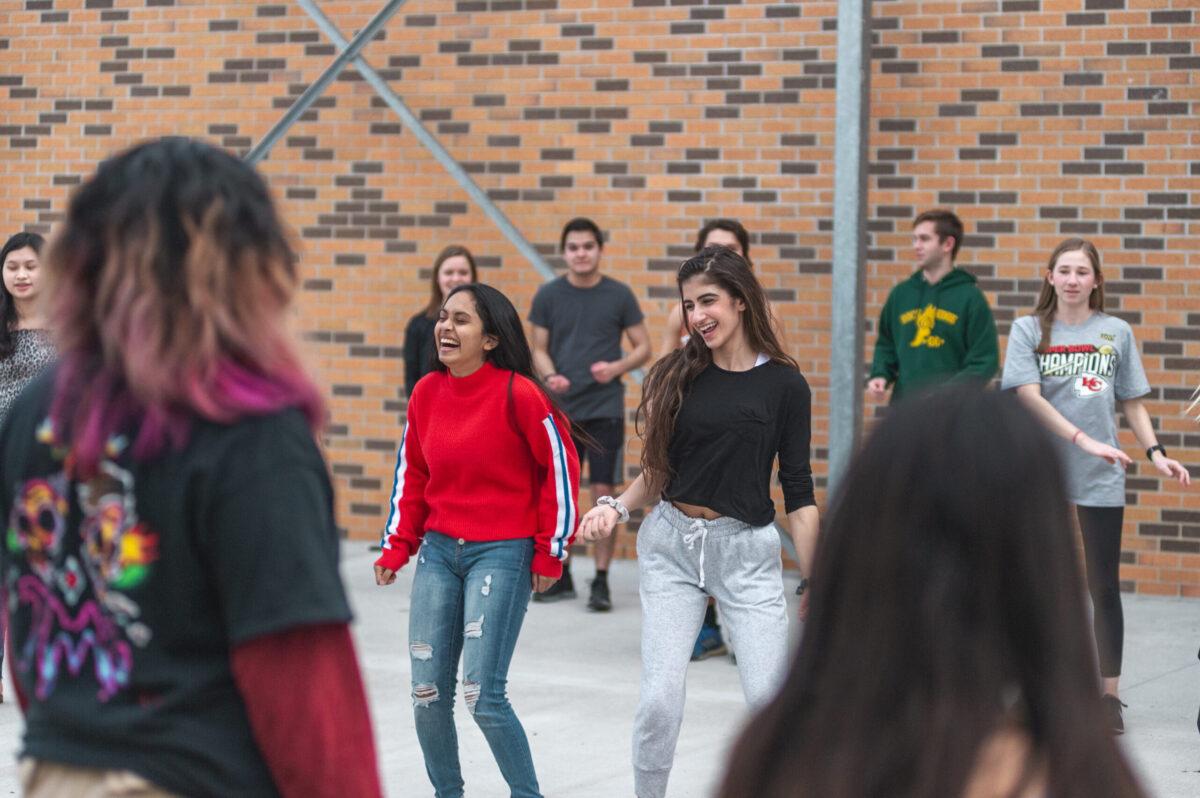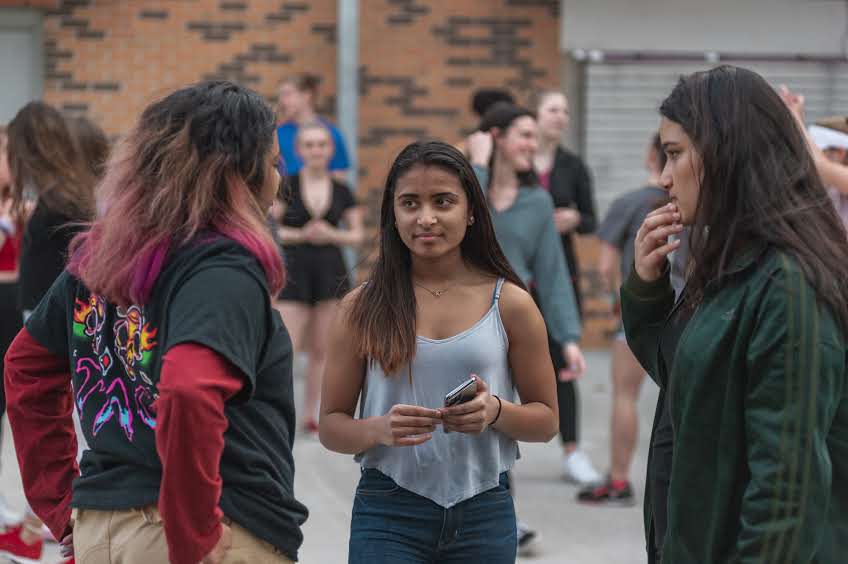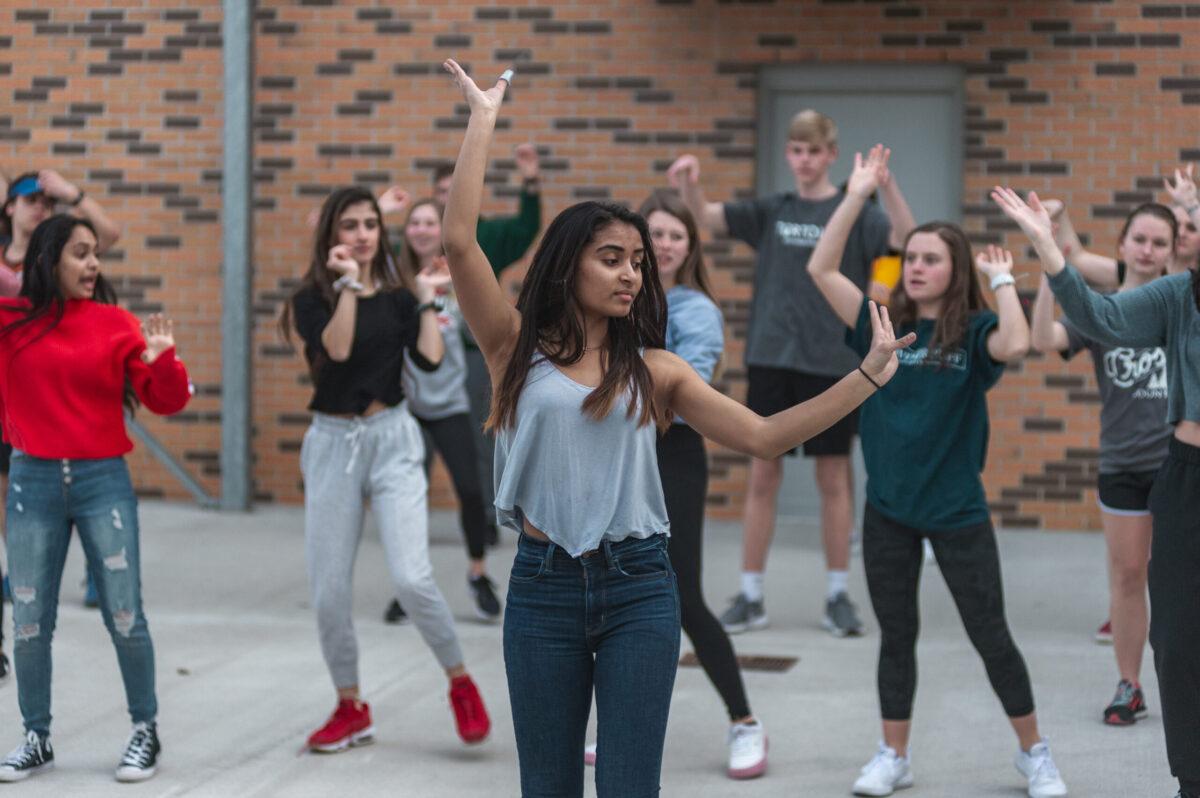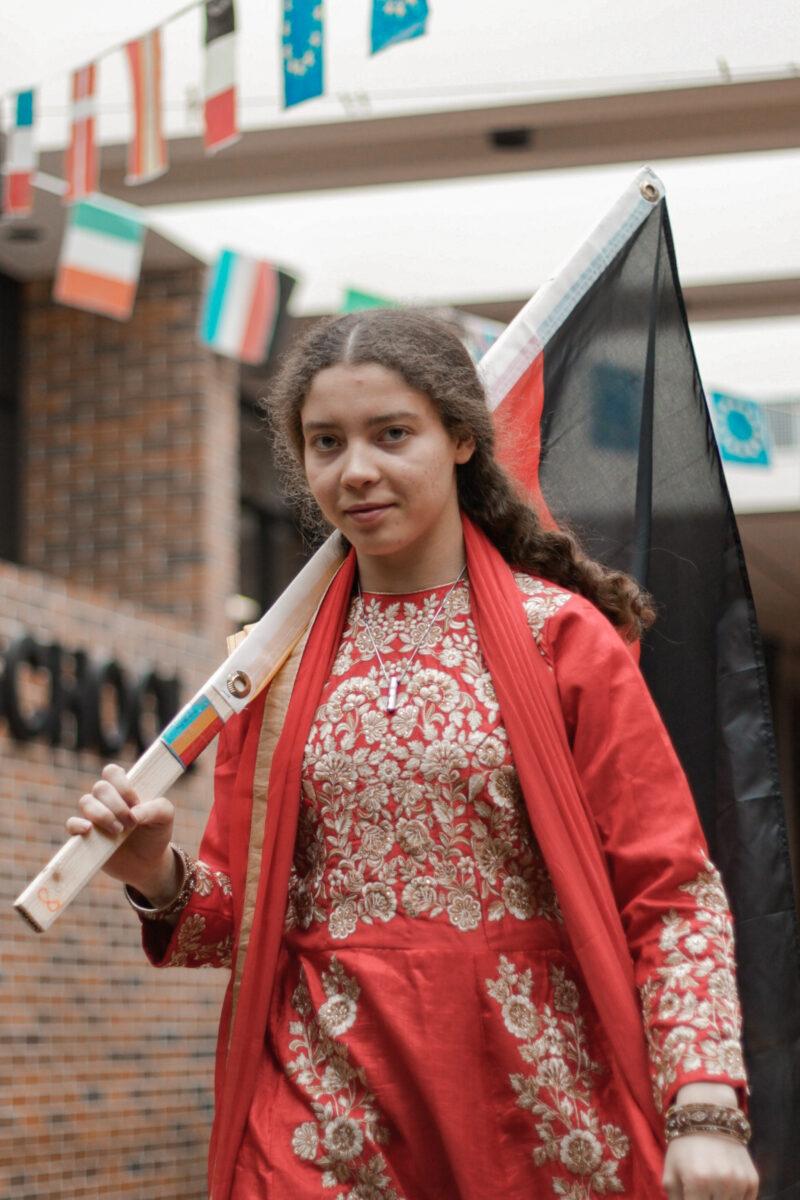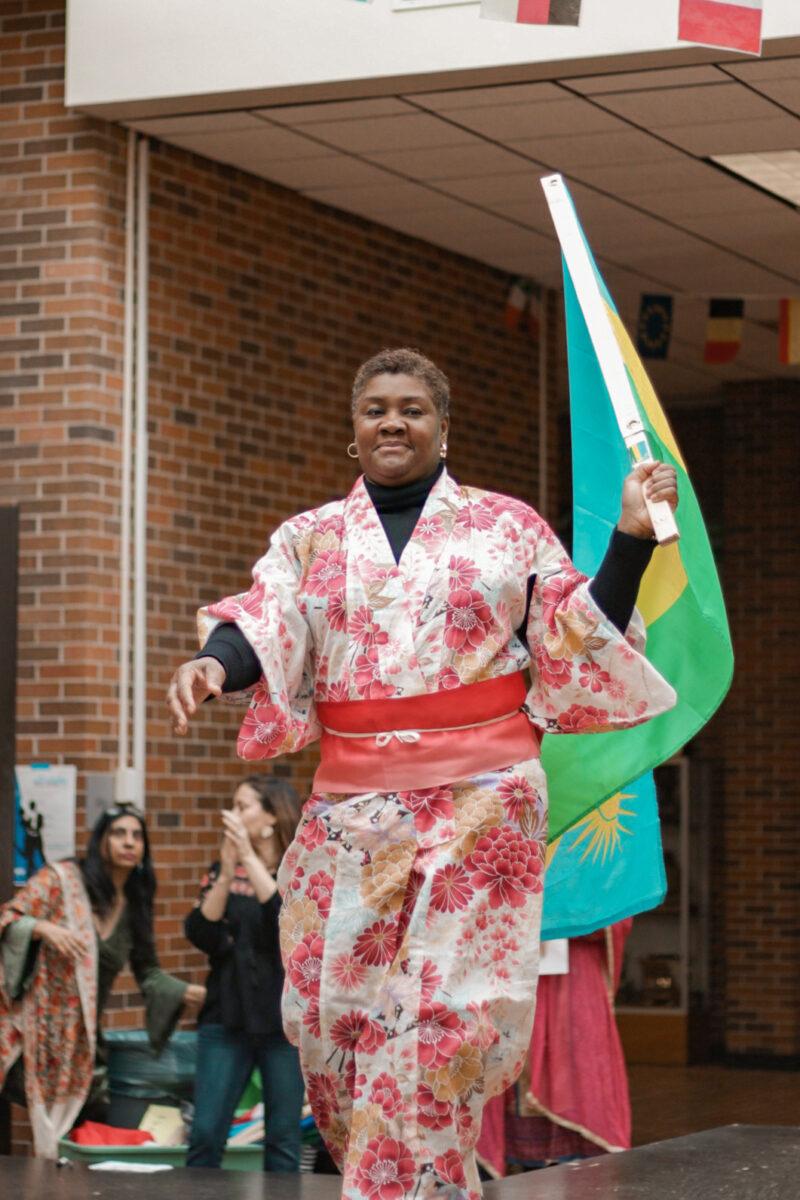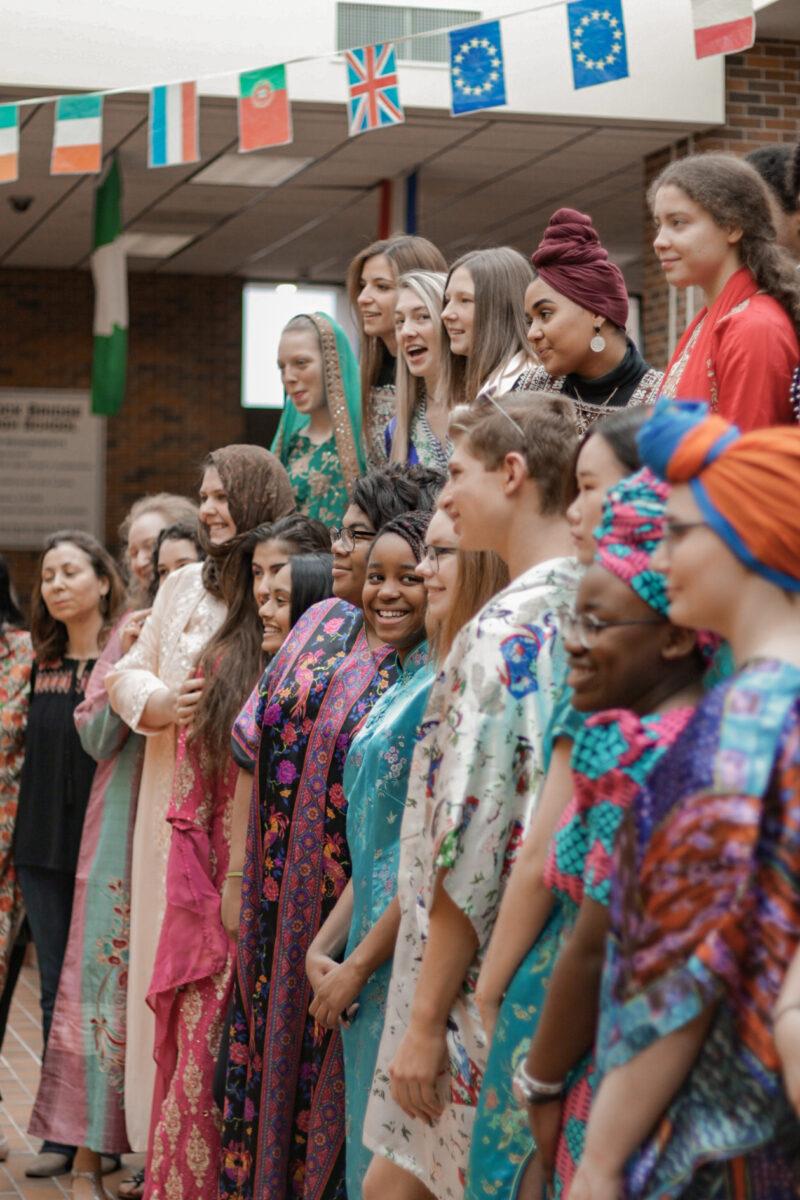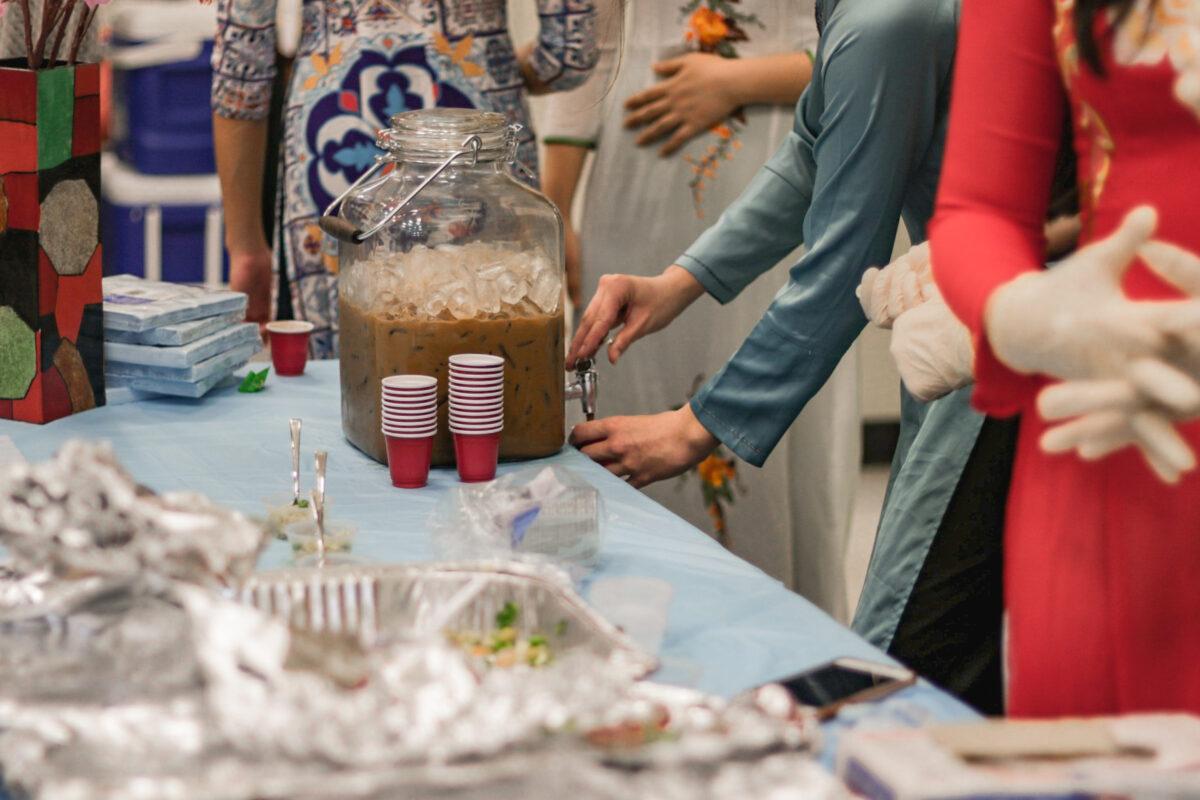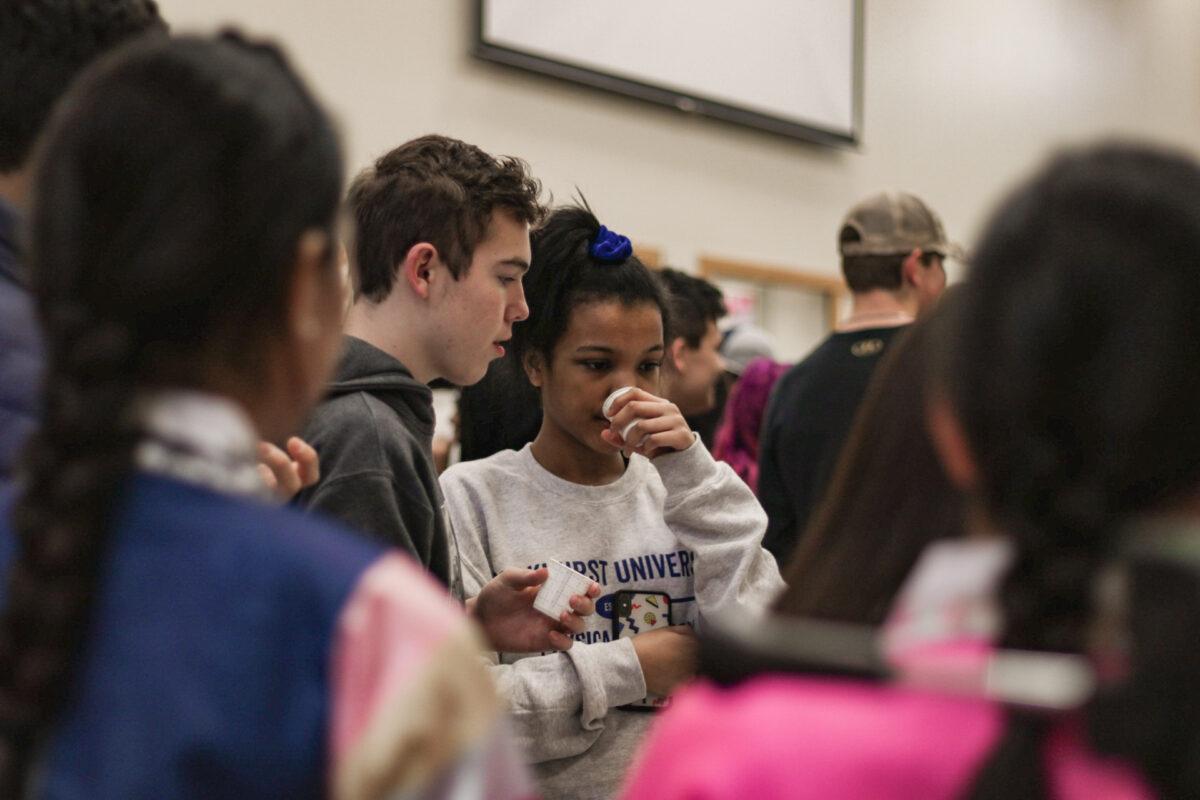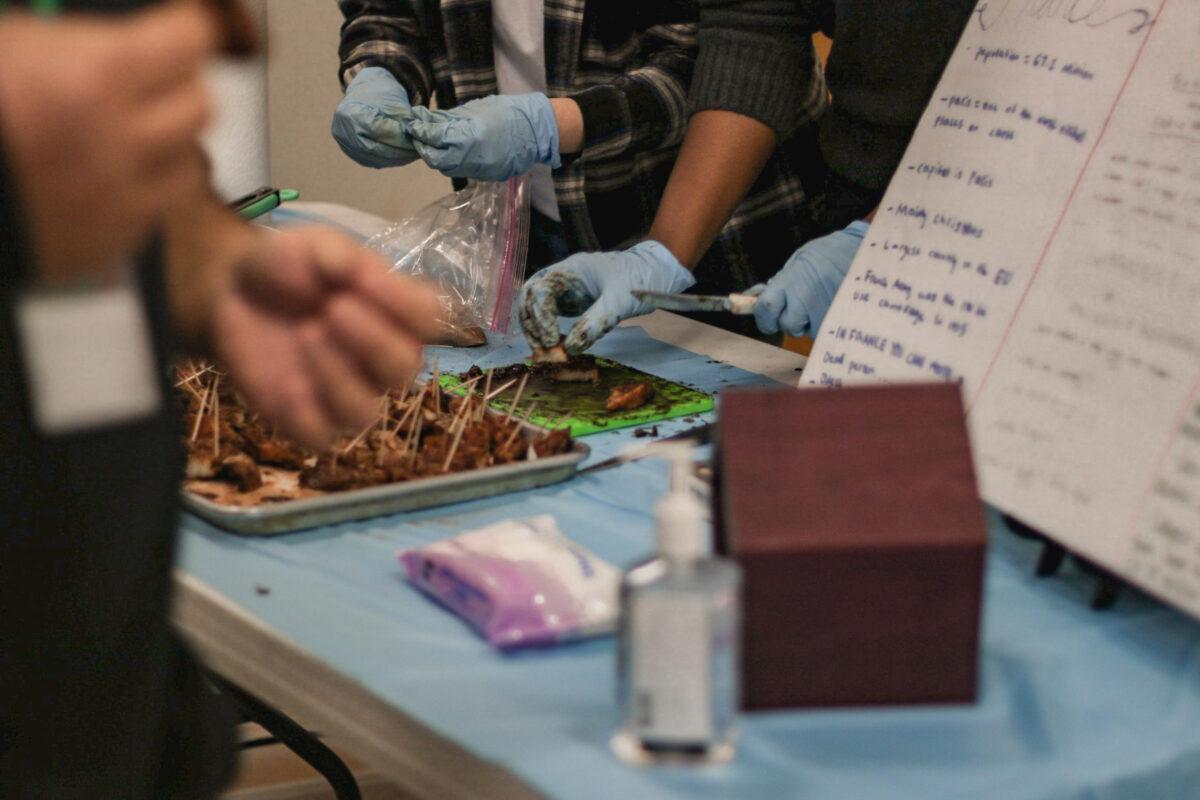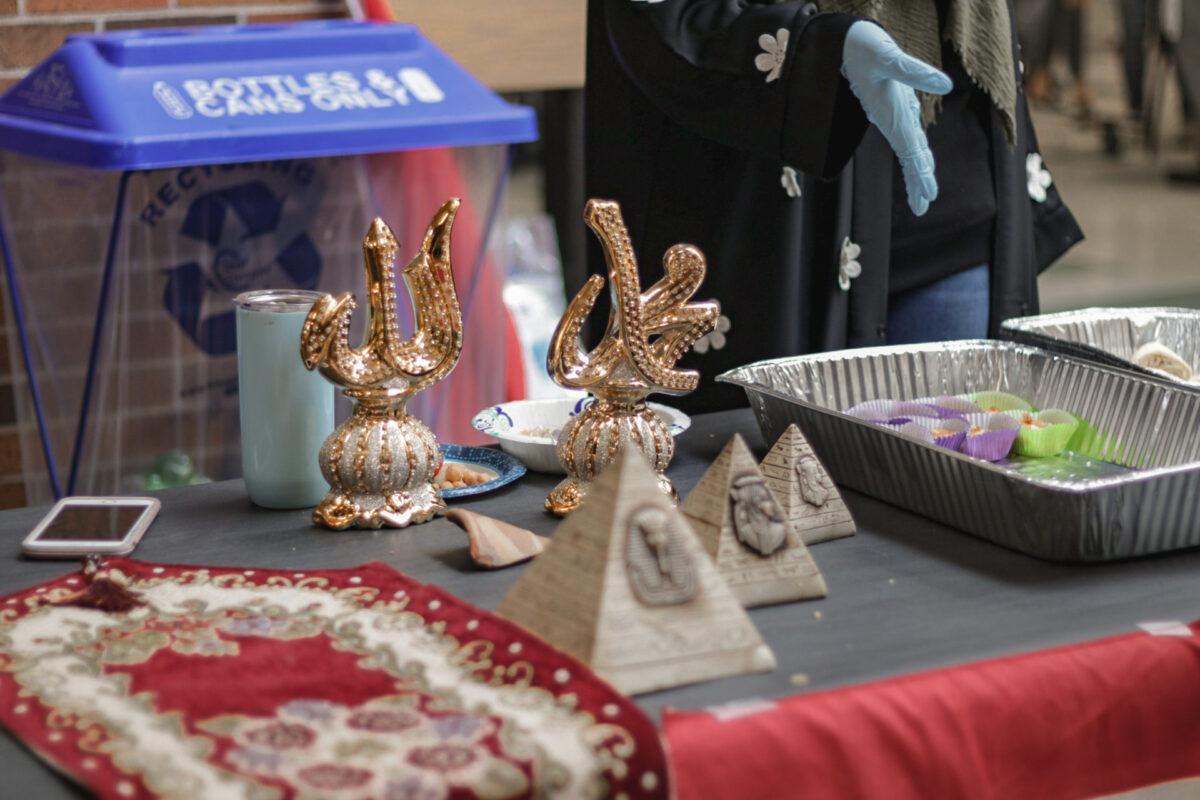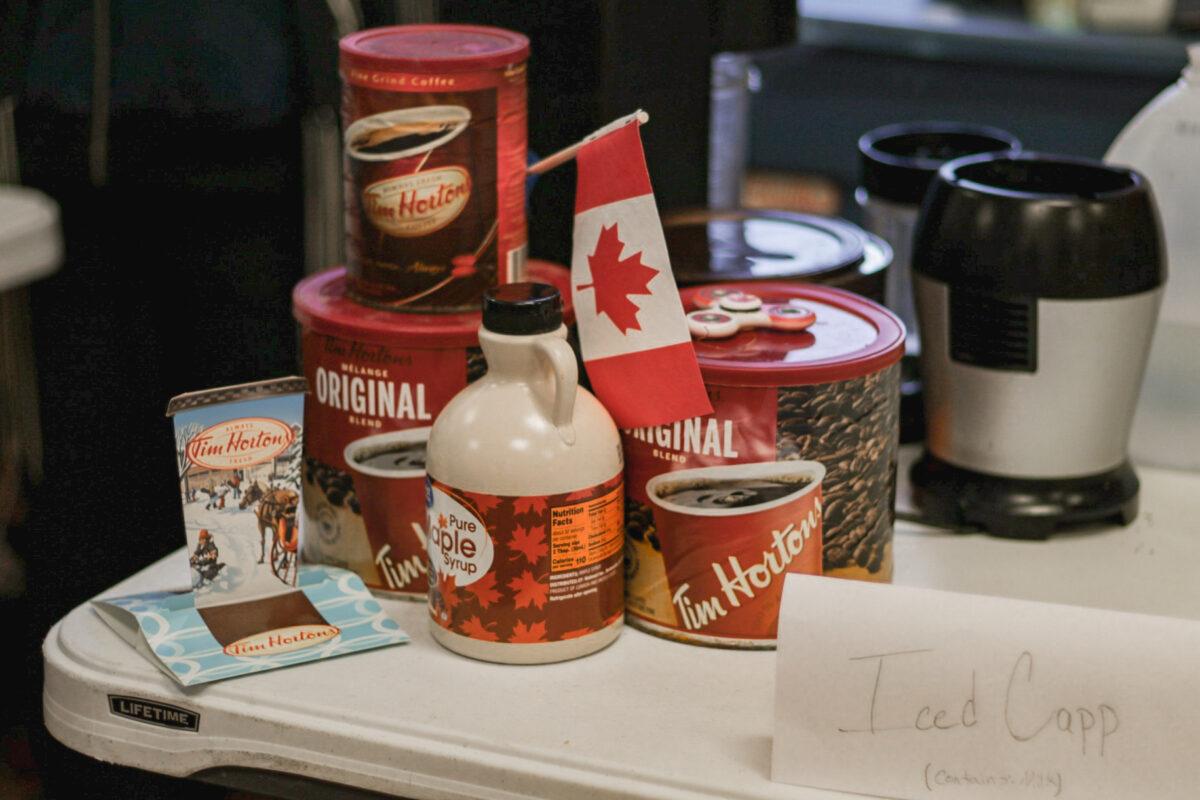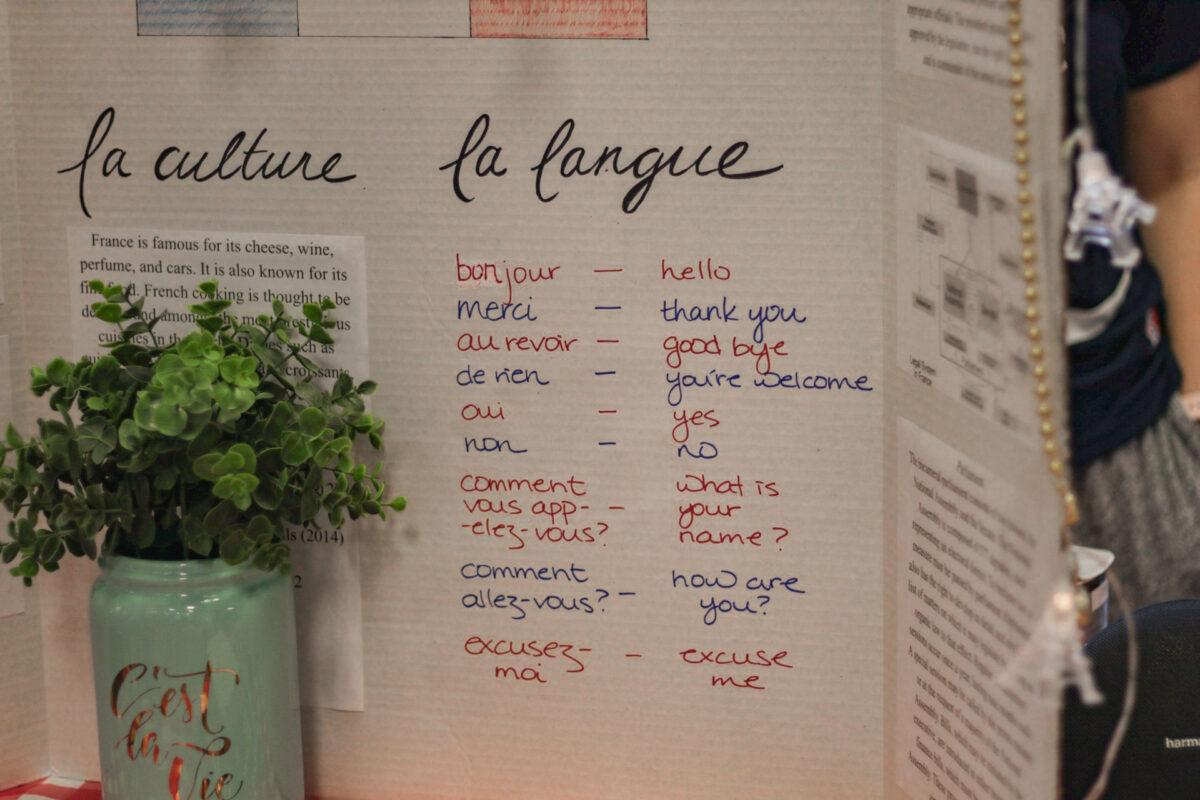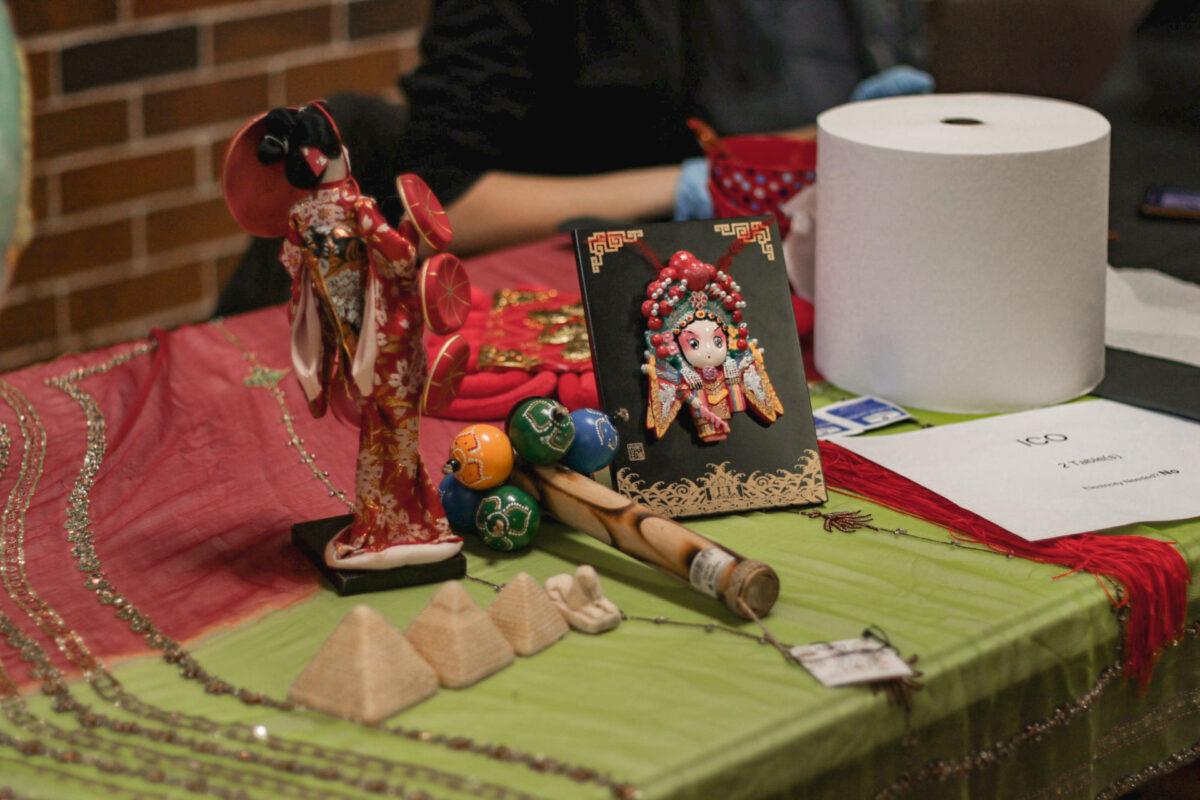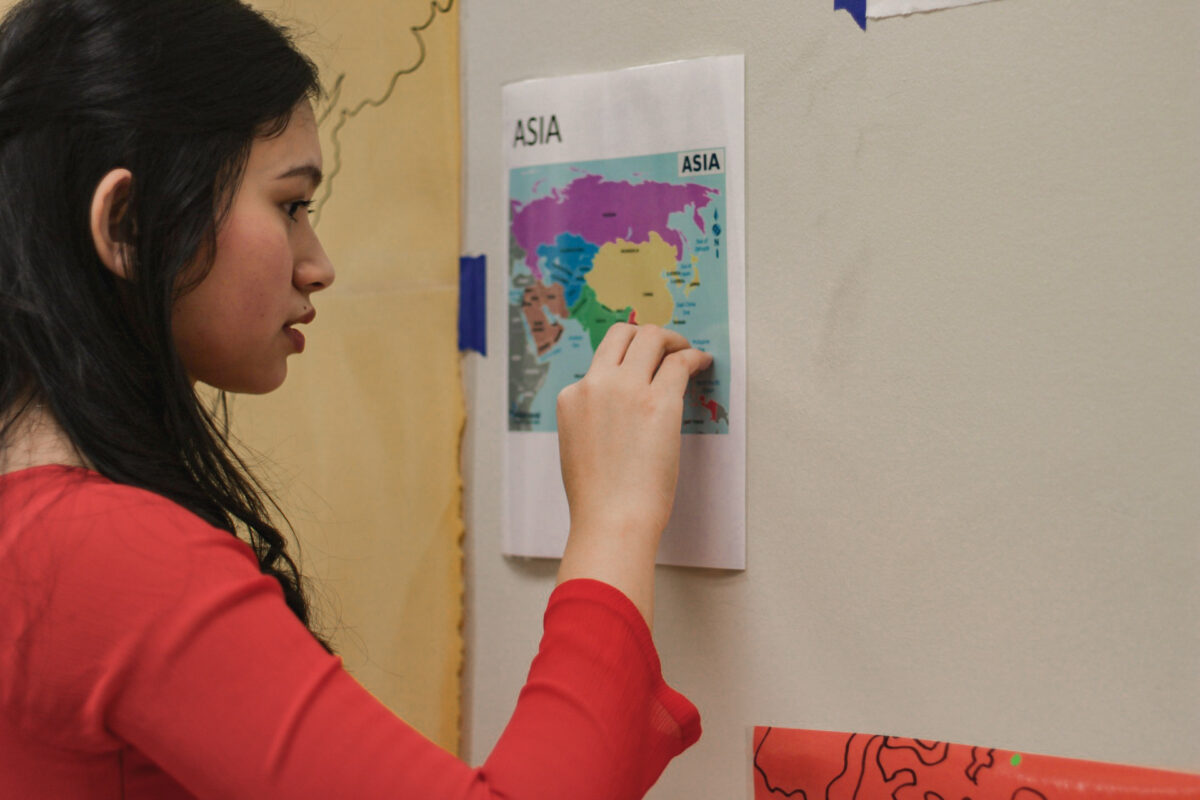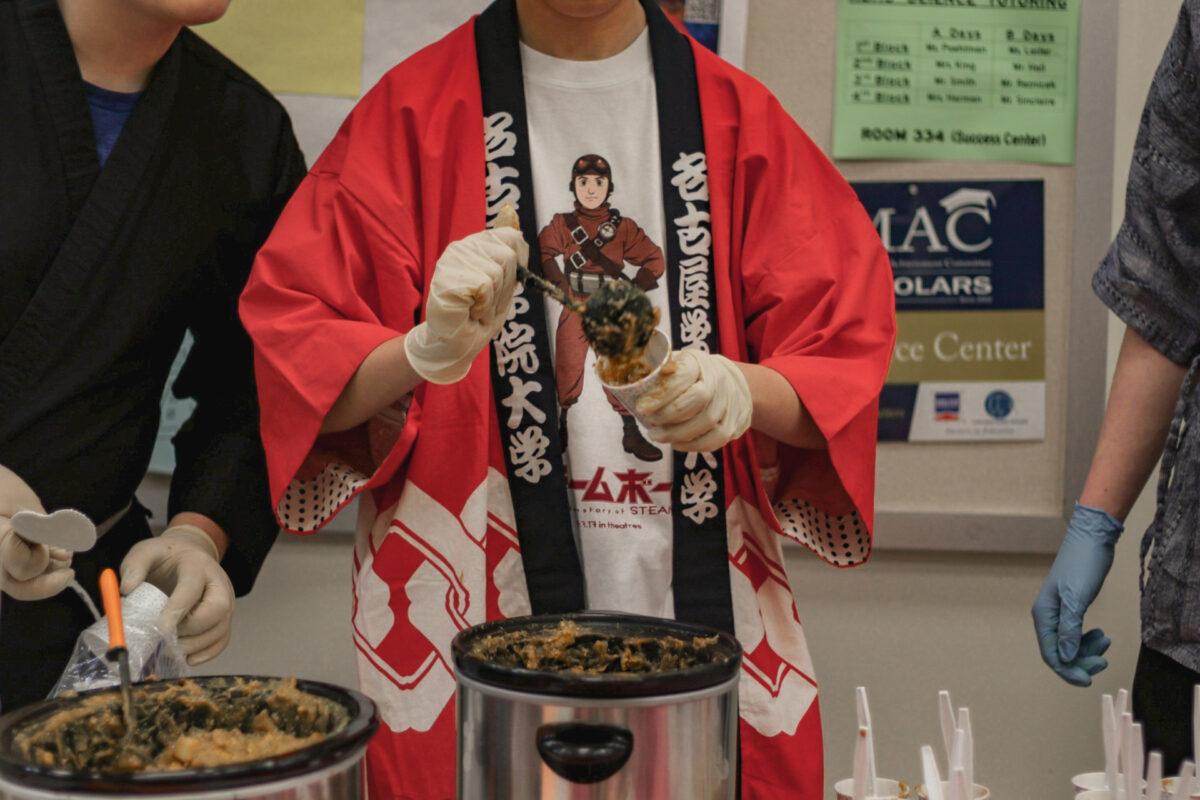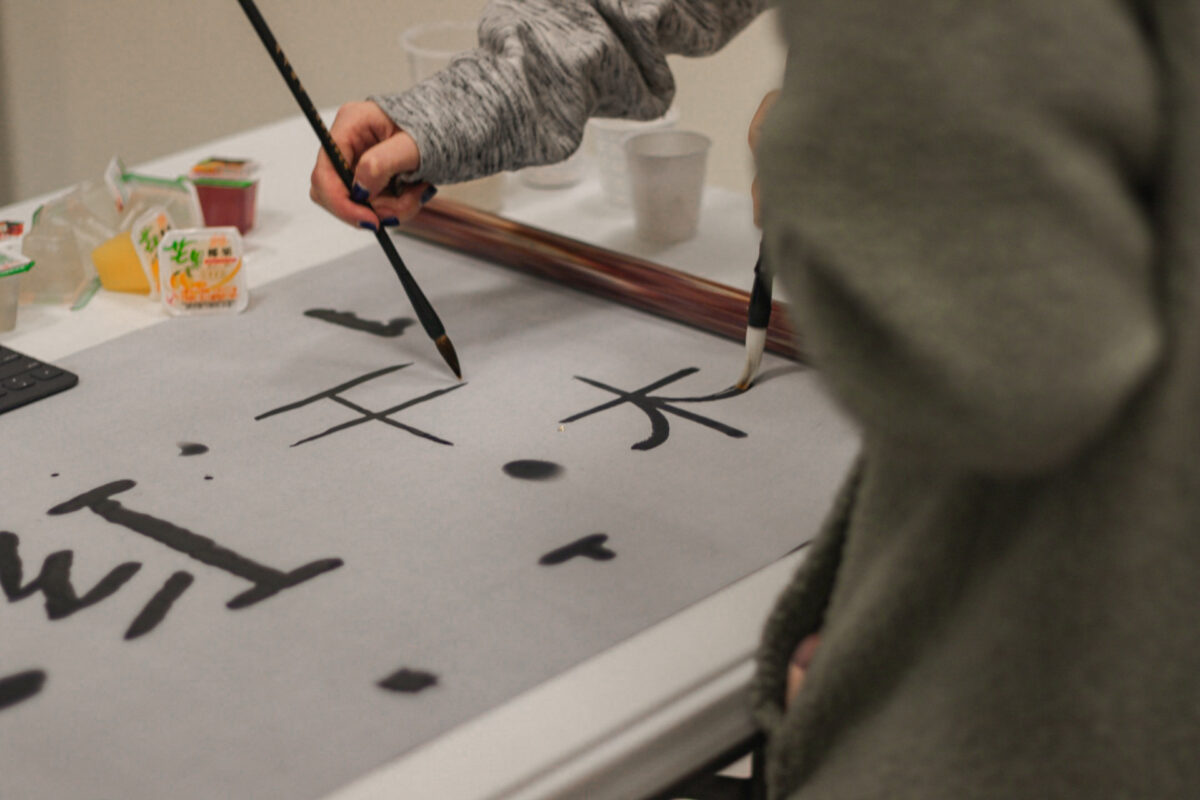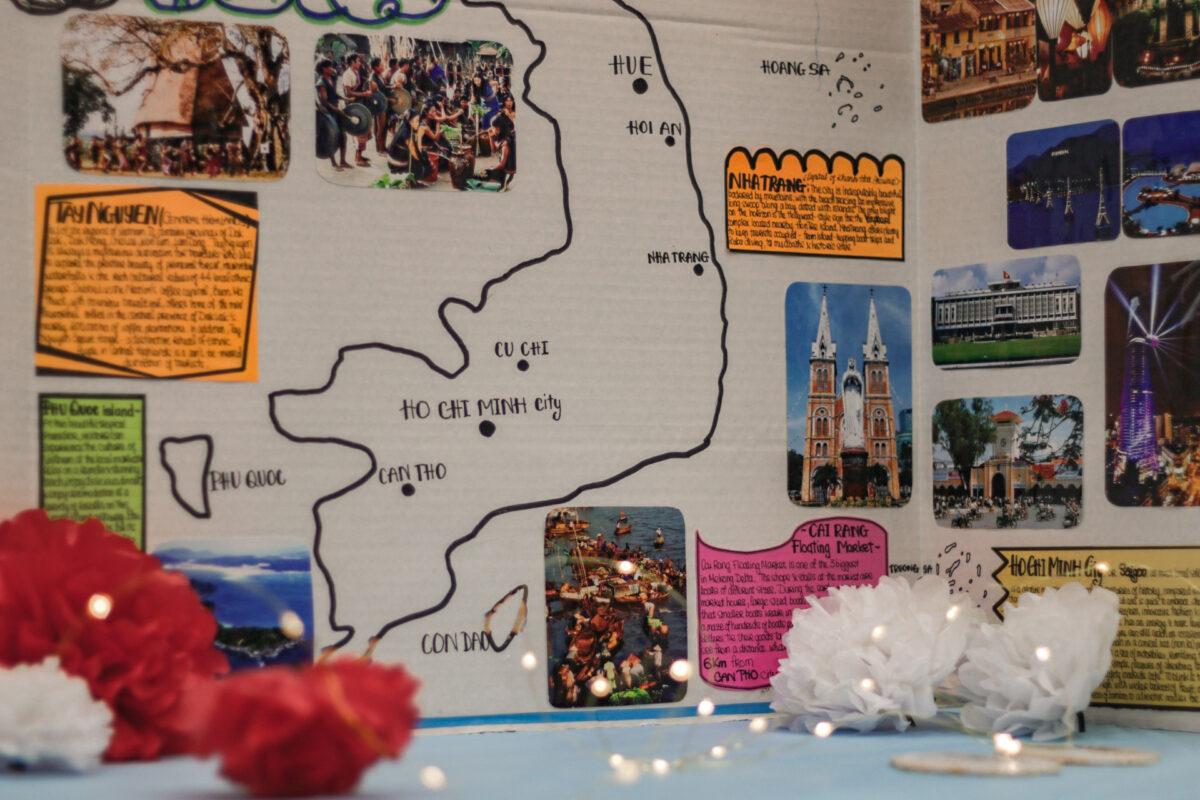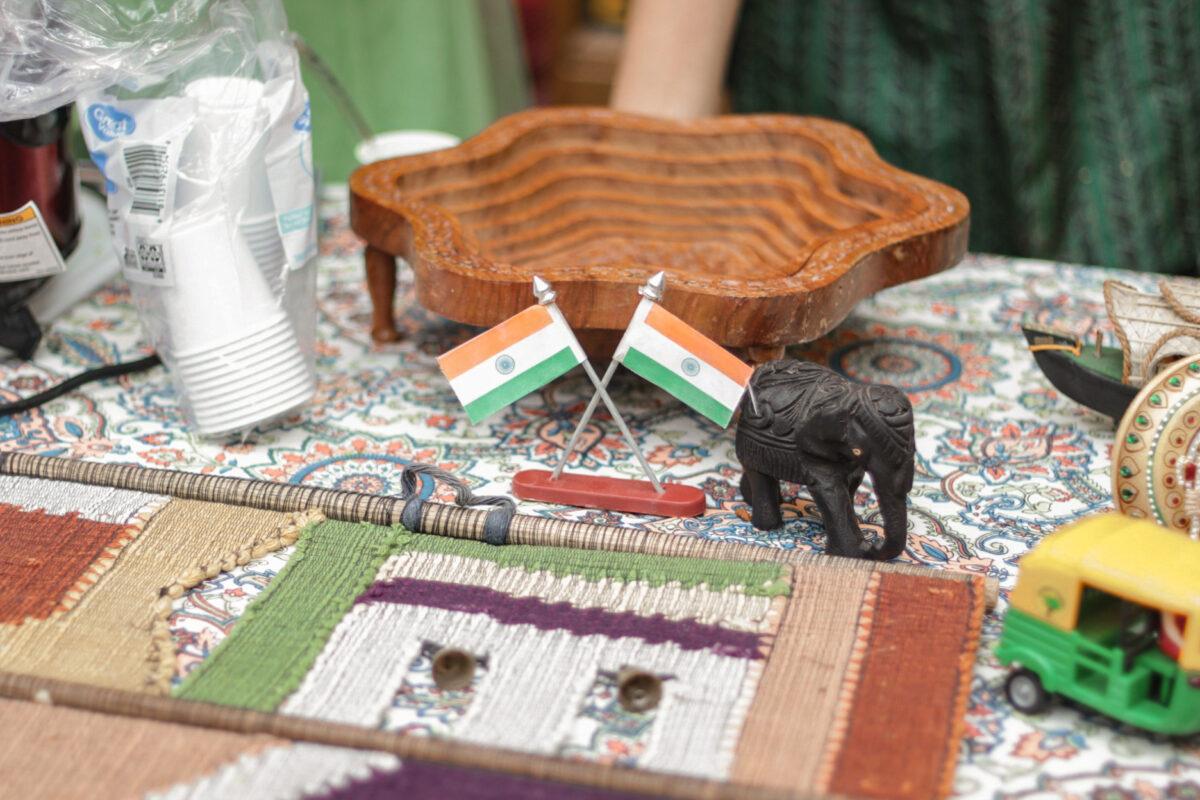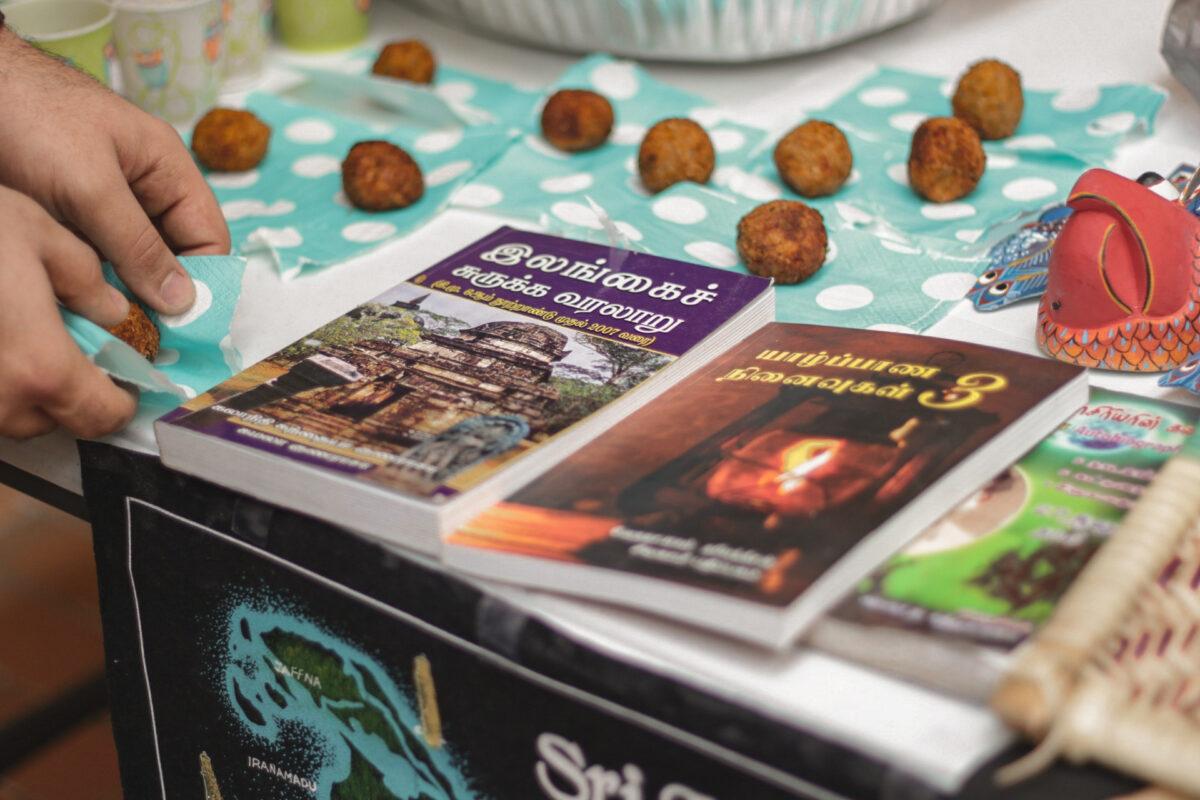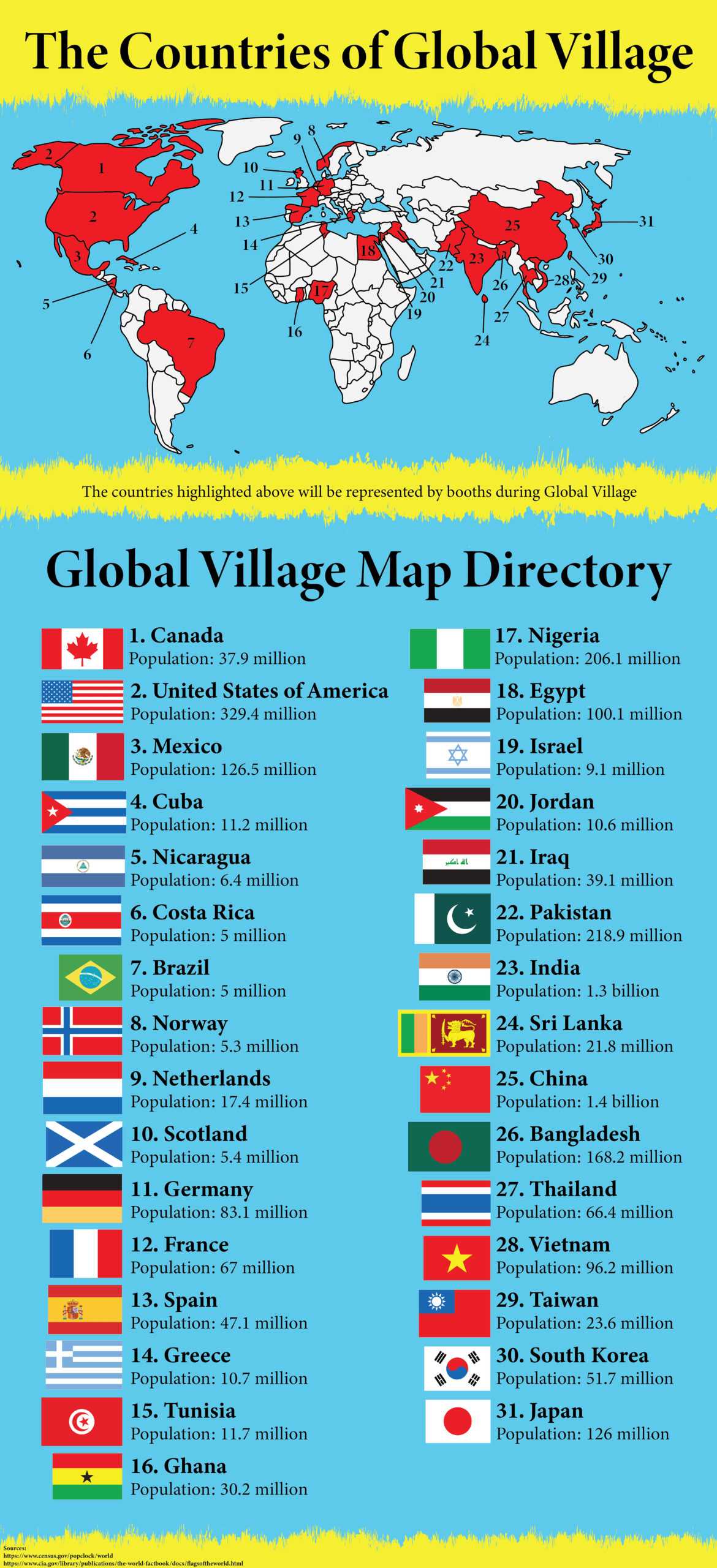Each year the students of Rock Bridge hold a week of cultural appreciation. Twenty-eight years in the running, Global Village engages several forms – usually dance, fashion, and cuisine – to represent the student body’s spectrum of heritage. The appeal for an event such as Global Village comes as no surprise as Rock Bridge ranks in the top 100 most diverse public Missouri high schools.
It also ranks favorably among students, with almost 20% saying Global Village is their favorite school event according to a poll by niche.com.
Global Village was established to “celebrate the rich diversity of our school community with an Epcot-like event,” as described by Dr. Lisa Nieuwenhuizen, Global Village’s booth coordinator.
Aside from a celebration of culture, Global Village serves as a means of waning cultural misunderstandings through experience and exposure, building a community of culturally receptive students.
Deviating from previous years, however, the Rock Bridge community’s priorities were put to the test as concerns of COVID-19 increased. These come as a result of new cases of the virus appearing in areas surrounding Columbia, such as St. Louis and Kansas City. In light of the district-wide school closing, Global Village may mark the final all-school event for the 2019-2020 school year.
The tradition kicked off Monday with henna and international art during A and B lunch. The henna was tattooed on by students and staff, making detailed designs on students’ hands. Interns from the University of Missouri’s Confucius Institute also contributed to the week’s festivities, bringing art supplies to inform students of Chinese culture. More information on the first day of Global Village can be found here.
Senior Audrey Guess, one of the students helping out at the henna booth, took advantage of the opportunity for nothing other than the enjoyment of henna art.
“My art teacher asked if any of us were interested in doing Henna for Global Village, and it sounded like fun so I tried it out,” Guess said. “I haven’t done it before so I wasn’t the best at it but was still really fun.”
While Global Village attempts to represent and celebrate the diversity of cultures, it also highlights various forms of culture. Global Village’s addition of an artistic aspect to the occasion is a sign of Rock Bridge’s self-aware and receptive student body; the Confucius Institute’s participation in Global Village extends these lauds outside the walls of Rock Bridge and into the community.
Senior Afnan Hussain, one of the students helping out at the booth, said she had been doing henna since middle school and has participated in Global Village since freshman year.
“[I] wanted to help spread cultures around the school,” Hussain said. “It’s a fun way to represent cultures.”
Global Village festivities continued Tuesday with the Indian dance, which had been performed at the court warming assembly prior to Global Village. This year the court warming assembly performance was composed of six smaller dances: an all-member inclusive dance, two girls dances, two partner dances, and one boys dance. The Global Village dance, performed at A and B lunch, added a second boys dance to the mix.
Junior Vincent Leloux, an exchange student from Germany, used the Indian dance as an opportunity to experience Rock Bridge and its diversity of cultures.
“I got the opportunity to study one year abroad and I wanted to take all the changes to experience [all the] culture that I get,” Leloux said. “I was asked to join, and I said yes because the Global Village week at Rock Bridge is something very individual to rock bridge and I wanted to be a part of it.”
While they sometimes aren’t of Indian heritage themselves, students practice weeks in advance, working through positions and footwork before and after school, sometimes on weekends. This diverse participation alludes to Rock Bridge’s diversity during Global Village, perhaps representing a greater, collective dedication to preserving and celebrating the variety of cultures.
With Wednesday being a teacher work-day, Global Village resumed on Thursday with the international fashion show. Walking down the platforms in the main commons, students showed off various traditional clothes, bearing the flags of other nations. The fashion show, like other events, was put on during A and B lunch.
For students like Junior Martha Nishimwe, the fashion show is their opportunity to expose the student body to their culture in a symbolic, prideful manner.
“What motivated me to do the fashion show is being able to showcase a part of my identity, a part of what makes me me,” Nishimwe said. “It’s literally the blood coursing through my veins. It’s Burundian and it’s unique. It’s something you should be proud of. It’s something I am proud of.”
Friday marked one of the most popular days of Global Village: the booths. The booths are an opportunity for students to showcase a dense amount of culture, ranging from cuisine to informational posters, activities, and more. Booths can be reserved by individual students coming together under one country/culture or represent a cultural organization, such as the International Cultural Organization.
For others like senior Rami Meryyan, though, the booths are a medium for combating a personal moment of discrimination.
“The reason why I work this booth is to show that the Middle East is not the sand and camel ridden place movies taught us,” Meryyan said. “Back in first grade, my mother asked my vice principal what to do for a global event like this one. She said, ‘I don’t know, show pictures of the camels you ride everywhere.’ Ever since then, my mother has worked to show that Jordan was not like that at all. The Palestinian booth was made to spread awareness that there still is a group of people under oppression. The culture and locations of the people are so close together that there are only a few differences distinguishing the two.”
To others, however, the booths are a way to debunk cultural stereotypes. Senior Wiauwin Fullerton, who represented the Northern Plains Native American Indians, says it was a chance for her to inform the students.
“I picked Native American Culture, because more than anything, Americans are under-educated about the Natives. A lot of what we know is either not right or not even scratching the surface of what America doesn’t want to teach kids,” Fullerton said. “I am a Native American or at least half Native, I am [a part] of a people who only is 2% of the population in America and even less than that in the world. I am sad that not many people remember, misunderstand or try to learn about a people that once [were] everywhere. I want to help represent my people, even if it is just a little bit. We are still here, there are some full blood natives out there. With a population very slowly going up.”
As COVID-19 continues to take its toll on the world, students and staff geared up to ensure that festivities could continue while ensuring everyone’s safety. Just a day before Global Village’s final day of celebration, RBHS principal Jacob Sirna sent an email to students and parents disclosing stricter sanitation policies at 1:08 a.m. March 12. The email mandated that all servers must wear latex gloves and food to be served in individual portions. Find out more about the policies here.
The new policies assert the priorities of the Rock Bridge community towards this annual celebration. While the focus is implicit, it shows; rather than electing to stay home or advocate for Global Village to be postponed or canceled, the community responded with policies that would allow for Global Village to carry on in a logical, safe manner.












































































